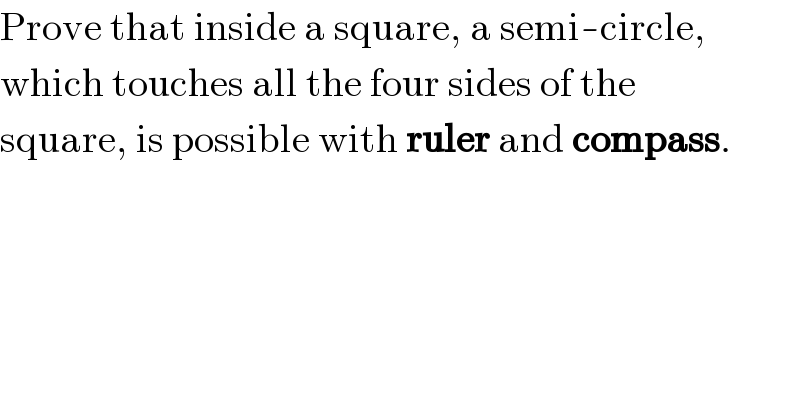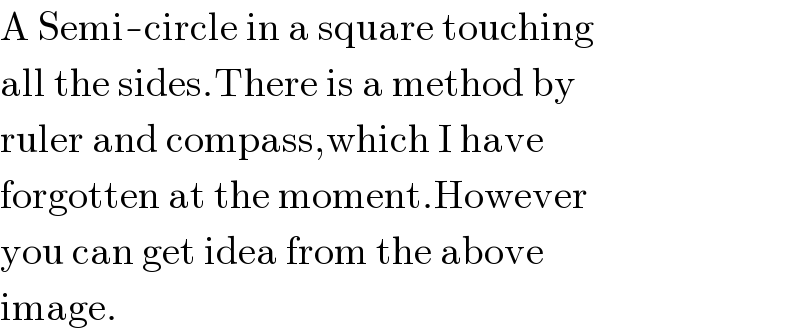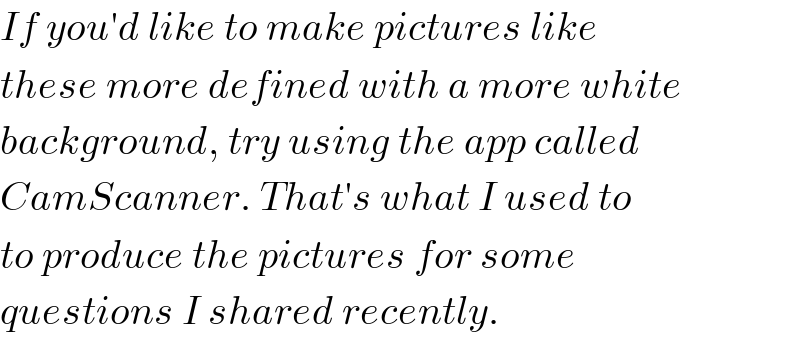
Question and Answers Forum
Question Number 4080 by Rasheed Soomro last updated on 27/Dec/15

Commented by Rasheed Soomro last updated on 29/Dec/15

Answered by Rasheed Soomro last updated on 30/Dec/15

Answered by Rasheed Soomro last updated on 29/Dec/15

Commented by Rasheed Soomro last updated on 30/Dec/15

Commented by Yozzii last updated on 29/Dec/15

Commented by RasheedSindhi last updated on 30/Dec/15

